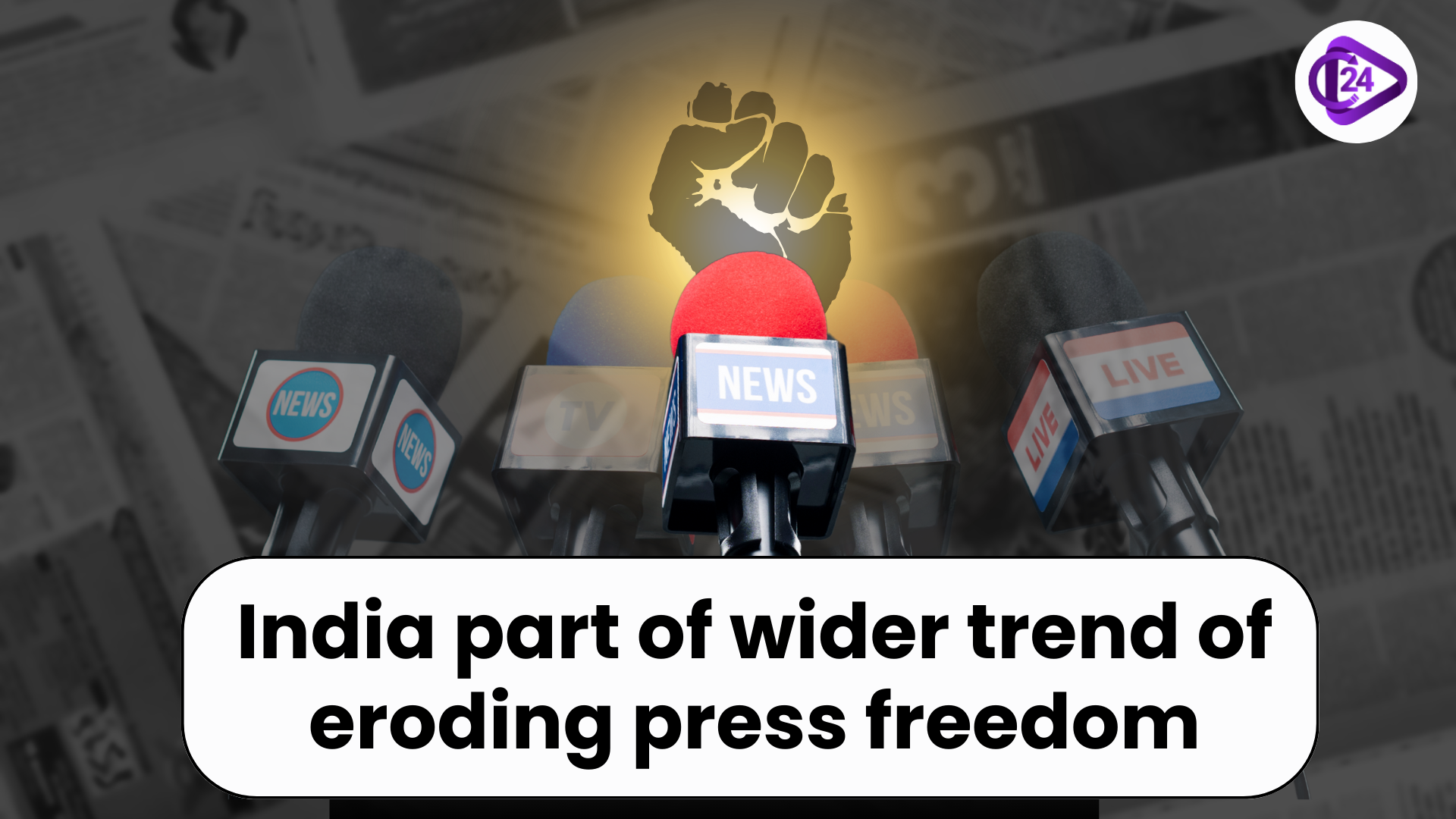
The 23rd Annual South Asia Press Freedom Report 2024-25 reports rising obstacles to press freedom in India and other South Asian countries. The systemic measures to suppress media freedom as are stressed in the report include legal crackdowns, self-censorship and the role of political IT cells in fuelling disinformation. Although small steps can be seen in the ranking of India’s World Press Freedom Index, the country still falls in “very serious” category, which is a worrying trend for democracy and media freedom crying out for help.
Context:
-
India’s media is under increased threat of censorship and legal challenge, restricting the right of freedom of expression.
-
Political ITs fuel disinformation expansion, and complicate media issues.
-
India is placed poorly on World Press Freedom Index 2025 with minimal improvement.
Key Points:
Why India Remains in the ‘Very Serious’ Category in the World Press Freedom Index?
-
Media Censorship and Legal Challenges:
-
Gagging of critical journalism through enhanced use of laws such as sedition UAPA and PMLA.
-
Resulting in self-censorship and a chilling effect on reporters.
-
-
Impact of Political IT Cells:
-
Political parties’ IT cells disseminate distorted information.
-
The journalists and outlets are hostile towards the government are hunted down.
-
-
Concentration of Media Ownership:
-
Media in India is owned by power houses.
-
Compares enhancements against a more diversified media landscape and restricted ability to produce independent reports.
-
-
Harassment and Legal Repression:
-
Press activists suffer cyber threats, legal harassment, and arbitrary arrests.
-
Fears people and muzzles critical or investigative journalism.
-
-
Digital Transformation:
-
Digital media present information sources other than traditional sources, but it also distributes misinformation more widely.
-
Journalistic integrity is compromised in the digital kamikaze.
-
India’s Position in World Press Freedom Index 2025:
-
India’s Rank Over Recent Years:
-
2023: 161st
-
2024: 159th
-
2025: 151st
-
-
Classification:
-
Not succeeded in much but India still belongs to the “very serious” category, which means that the problems with the freedom of media and the independence of the press continue.
-
-
Trend Analysis:
-
Unlike India, with small improvement in its rank over last two years, India is inferior to many of its South Asian neighbours in ranking.
-
This country is experiencing great threat to press freedom, which is evident from the low rankings.
-
Conclusion:
India’s press freedom is under tremendous pressure because the press is both legally constrained, politically influenced and economically pressurized. Concentration of media ownership, growing disinformation and loss of journalistic independence, create concerns for the democracy. While the digital shift creates opportunities, it also emphasizes the increasing precariousness of the formidably large media workforce. For better press freedom, India has to solve the rising problems of media concentration and legal suppression, and the proliferation of disinformation, with a free and independent press to maintain the democratic values.
UPSC Prelims PYQ (2018)
Q.1 Which of the following statement(s) are true about freedom of the press in India?
- Article 19 (1)(a) of the Constitution implies that there is freedom of the press.
- Press Council of India supervises the press functioning.
- The RTI ensures the press is empowered with government functioning having transparency.
Answer the question using the codes given above.
A. 1 and 2 only
B. 1 and 3 only
C. 2 and 3 only
D. 1, 2 and 3
UPSC Prelims PYQ (2018)
Q.2 Looking at the Indian Media one can make the following observations:
- India’s media is absolutely free under the Constitution.
- The Press Council of India is an independent body which establishes conditions under which the press in India operates on the platform of ethics of journalism.
Which of the above stated statements is/are right?
A. 1 only
B. 2 only
C. Both 1 and 2
D. Neither 1 nor 2
UPSC Mains Practice Question
Q.1 Critically examine the factors behind India’s poor ranking in the World Press Freedom Index, focusing on media censorship, legal challenges, and the role of political IT cells in spreading disinformation. (250 words)
FAQs
- Legal suppression through such a UAPA Law, PMLA, and sedition.
- Censorship of one’s own work in fear of arrest or legal recourse.
- Disinformation campaigns that are organized by the political IT cells.
- Media ownership consolidation to the hands of strong corporate groups.
- Digital misinformation and trolled journalists.



 Chhattisgarh Gets Its First Ramsar Site with Kopra Reservoir Declaration
Chhattisgarh Gets Its First Ramsar Site with Kopra Reservoir Declaration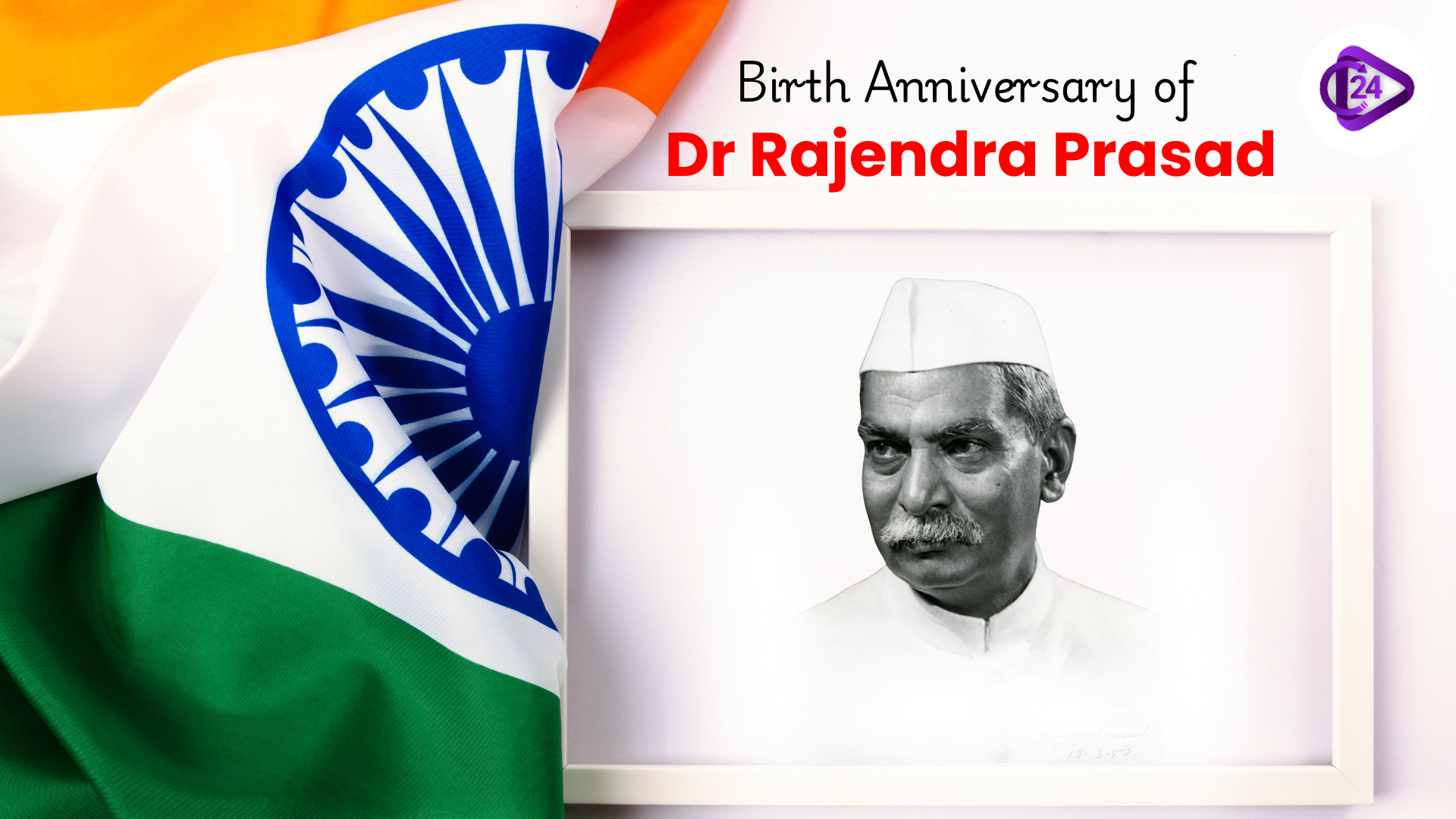 Birth Anniversary of Dr Rajendra Prasad
Birth Anniversary of Dr Rajendra Prasad Tessy Thomas Achieves Major Recognition With Dr Paulos Mar Gregorios Award 2025
Tessy Thomas Achieves Major Recognition With Dr Paulos Mar Gregorios Award 2025 Ramban Sulai Honey GI Tag: A Major Win for Traditional Beekeeping
Ramban Sulai Honey GI Tag: A Major Win for Traditional Beekeeping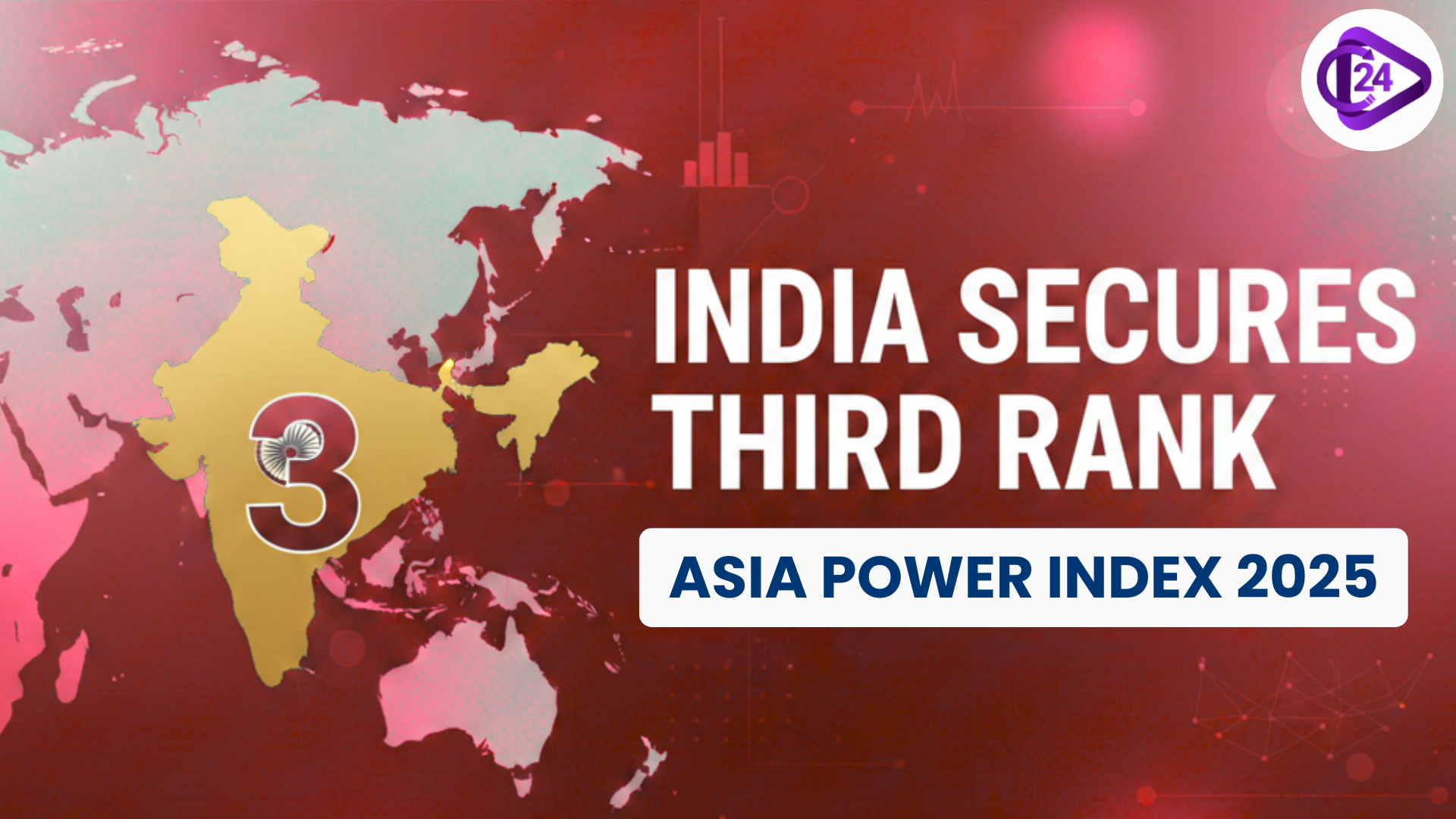 India Secures Third Rank in Asia Power Index 2025
India Secures Third Rank in Asia Power Index 2025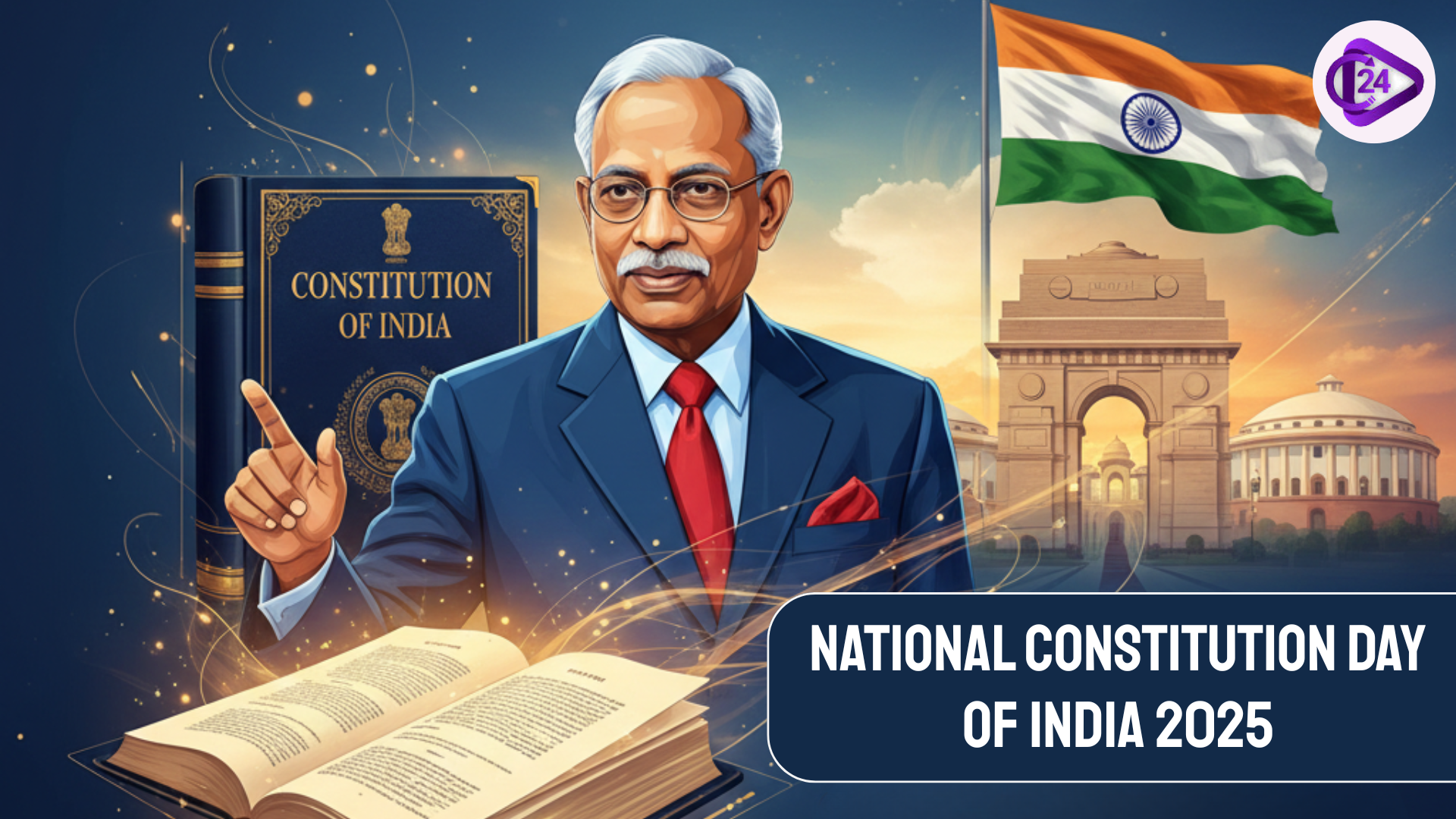 Constitution Day of India 2025: History, Meaning and Timeline Explained
Constitution Day of India 2025: History, Meaning and Timeline Explained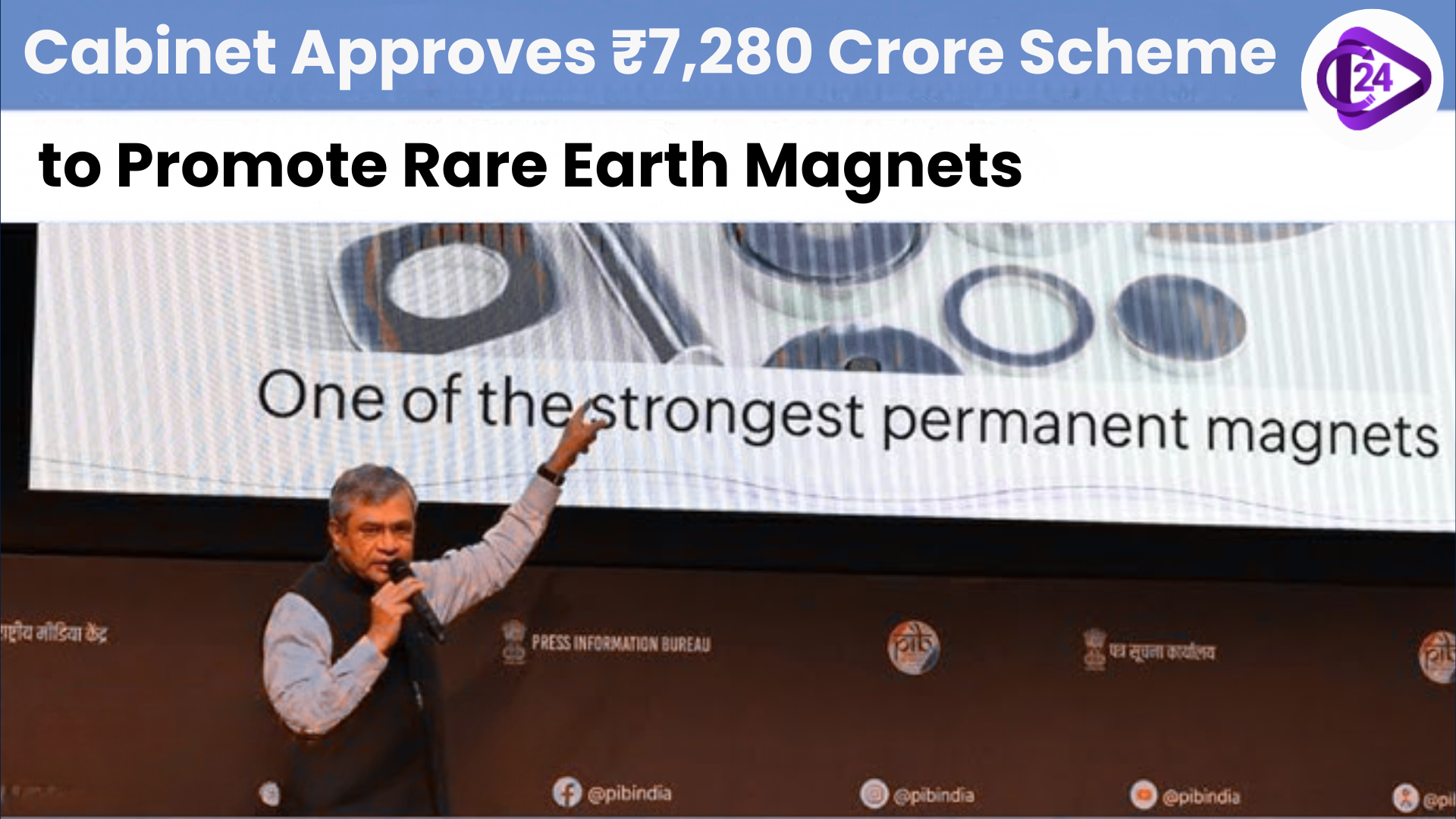 India Launches ₹7,280 Crore Initiative to Develop Rare Earth Magnet Manufacturing
India Launches ₹7,280 Crore Initiative to Develop Rare Earth Magnet Manufacturing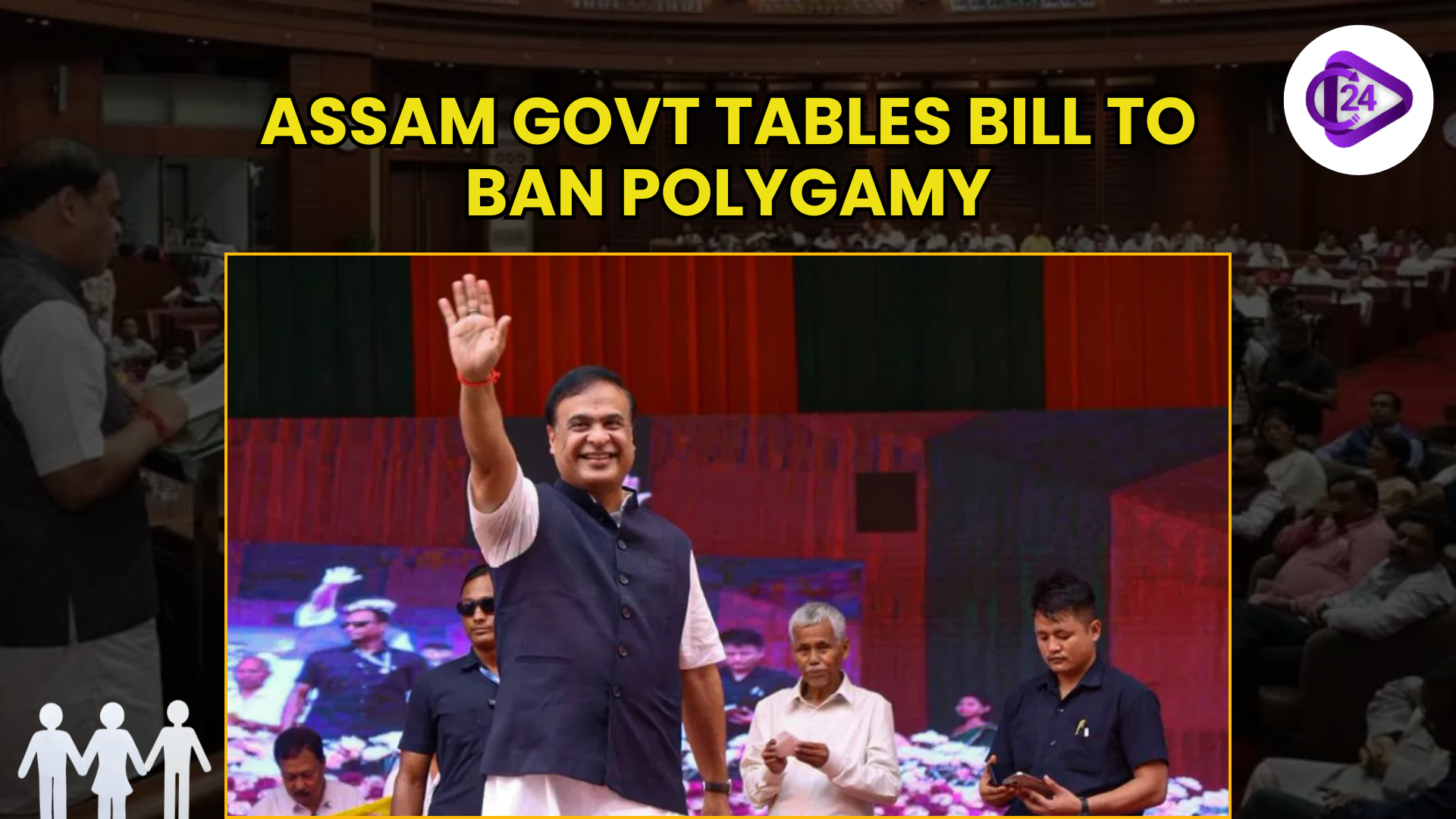 Assam Government Introduces Bill to Ban Polygamy with Strict Penalties
Assam Government Introduces Bill to Ban Polygamy with Strict Penalties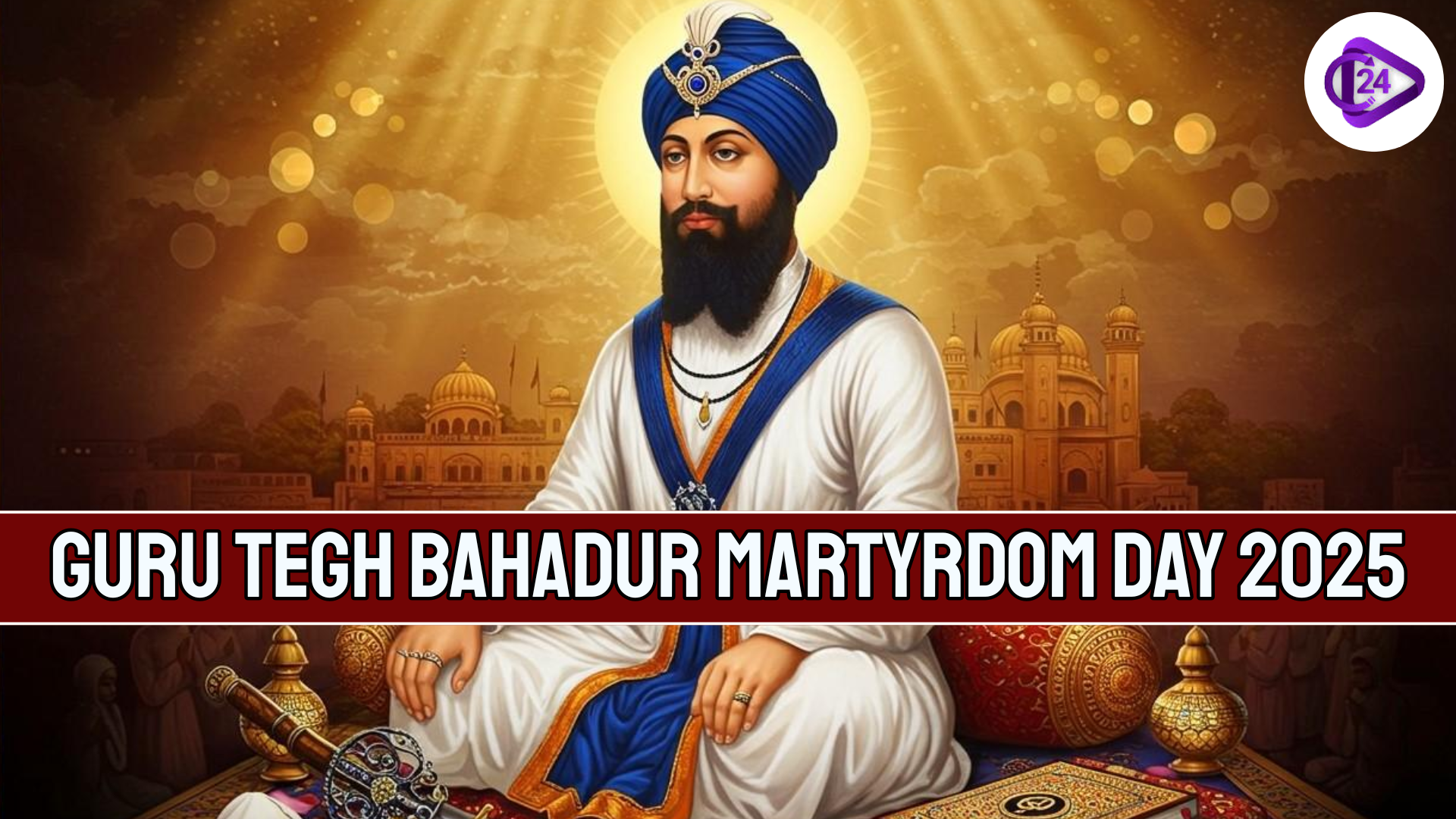 Guru Tegh Bahadur Martyrdom Day 2025 A Tribute to Courage and Spiritual Strength
Guru Tegh Bahadur Martyrdom Day 2025 A Tribute to Courage and Spiritual Strength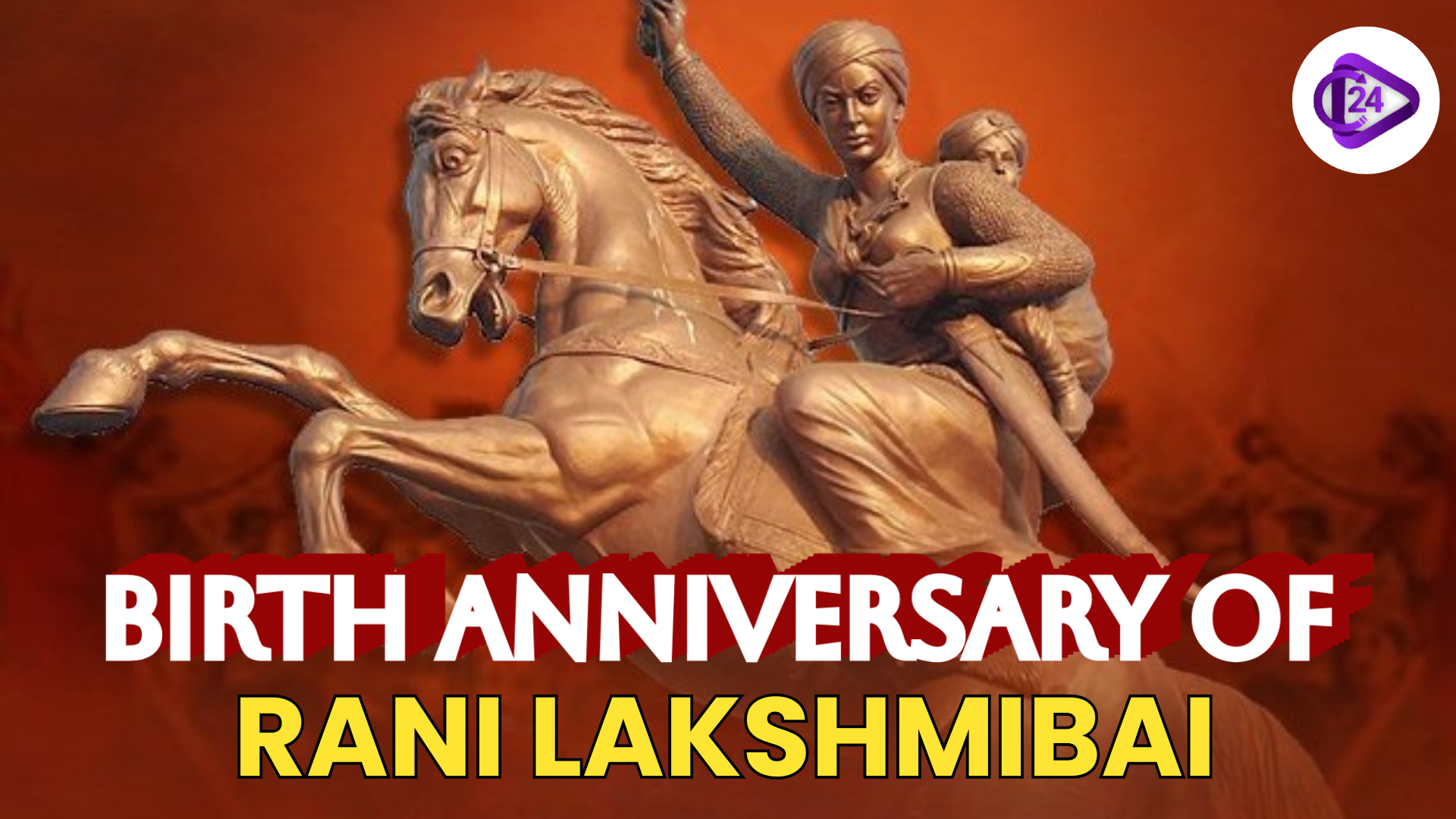 India Pays Tribute to the Birth Anniversary of Rani Lakshmibai
India Pays Tribute to the Birth Anniversary of Rani Lakshmibai






